Monastery retreats offer something increasingly rare in our hyperconnected world—genuine silence, space for reflection, and the chance to step completely away from daily pressures without judgment or agenda. These sacred spaces welcome visitors regardless of religious background, creating environments where people can recharge their mental batteries while experiencing centuries-old traditions of hospitality and contemplation.
Here is a list of 16 monastery retreats that welcome all visitors with open hearts and peaceful surroundings.
Abbey of Gethsemani, Bardstown, Kentucky

This Trappist monastery became famous through writer Thomas Merton, but today it continues welcoming guests seeking silence and spiritual renewal in its rolling countryside setting. The monastery offers structured retreat programs alongside opportunities for individual reflection, with guest quarters that provide comfortable simplicity rather than luxury amenities.
Visitors consistently describe the experience as profoundly restorative, often mentioning how the rhythm of monastic life creates natural space for deeper thinking.
Monastery of Christ in the Desert, Abiquiu, New Mexico
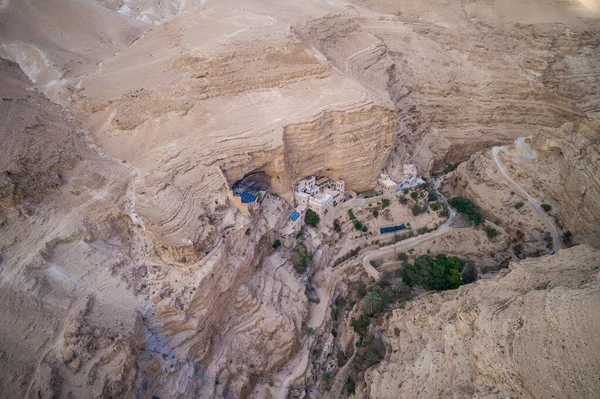
This remote Benedictine community sits 13 miles up a dirt road in the Rio Chama canyon, offering visitors complete disconnection from modern distractions. The adobe buildings blend seamlessly with the high desert landscape, creating an environment where silence feels as vast as the surrounding wilderness.
Guests participate in the daily rhythm of prayer and work while enjoying hiking opportunities that rival any national park experience.
Like Travel Pug’s content? Follow us on MSN.
Mount Angel Abbey, Mount Angel, Oregon

This Benedictine monastery provides Pacific Northwest tranquility just an hour south of Portland, making a contemplative retreat accessible without requiring major travel commitments. The abbey sits on a hill overlooking the Willamette Valley, with guest accommodations that balance monastic simplicity with modern comfort.
Visitors often comment on how the combination of beautiful architecture and natural surroundings creates an atmosphere that encourages both reflection and creative inspiration.
Dai Bosatsu Zen Temple, Livingston Manor, New York
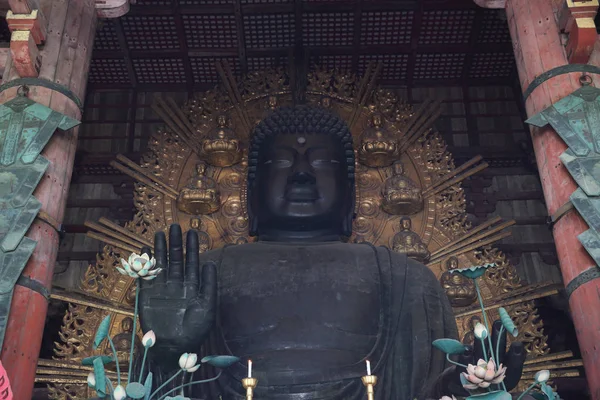
The Catskill Mountains house this Japanese Zen monastery where visitors can experience authentic meditation practice in a stunning mountain setting. The temple offers both introductory programs for beginners and intensive retreats for experienced practitioners, with traditional architecture that transports guests into a different cultural and spiritual space.
The combination of rigorous meditation practice and breathtaking natural beauty creates an experience that many describe as life-changing.
Shasta Abbey, Mount Shasta, California

This Buddhist monastery in the Cascade Mountains offers visitors the chance to experience Zen practice in a traditional monastic setting with stunning mountain views. The abbey welcomes people from all backgrounds to participate in meditation retreats that combine formal instruction with plenty of personal practice time.
Visitors frequently mention how the mountain setting and disciplined practice schedule create ideal conditions for developing deeper meditation skills.
Like Travel Pug’s content? Follow us on MSN.
Holy Cross Abbey, Berryville, Virginia
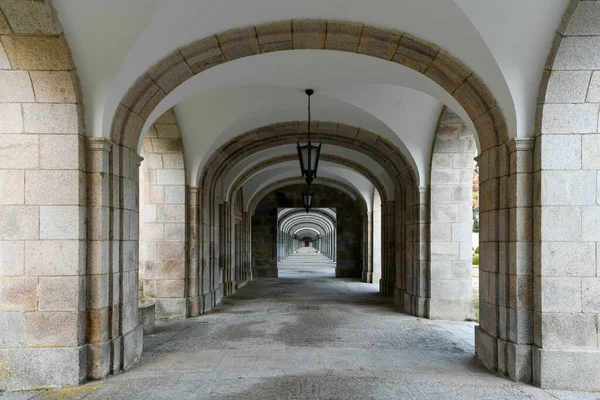
This Trappist monastery provides Blue Ridge Mountain serenity just two hours from Washington, DC, making a contemplative retreat accessible to East Coast urban dwellers. The monastery operates a bakery and maintains extensive gardens, giving guests opportunities to participate in meaningful work alongside personal reflection time.
The combination of manual labor and contemplative practice creates a holistic retreat experience that addresses both body and spirit.
Monastery of the Risen Christ, Konawa, Oklahoma
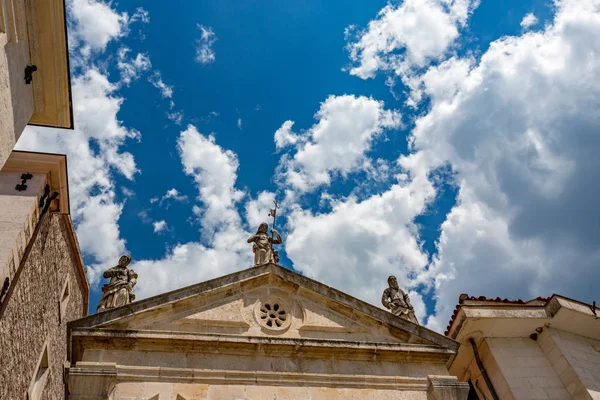
This Benedictine community demonstrates how monastic life can thrive in prairie environments while welcoming visitors seeking spiritual renewal. The monastery’s modern architecture complements the surrounding grassland landscape, creating spaces that feel both contemporary and timeless.
Guests often discover that the vast sky and endless horizons of the Great Plains provide natural support for contemplative practice.
Weston Priory, Weston, Vermont
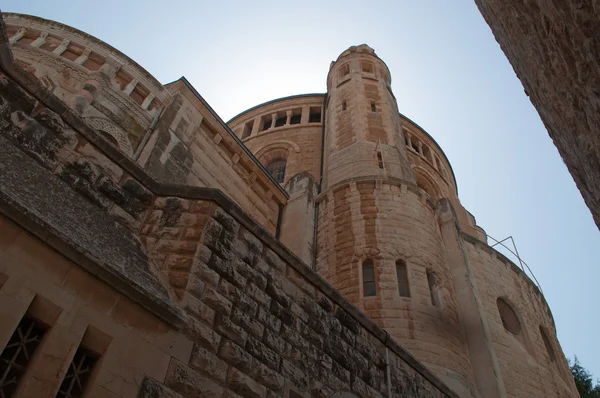
This Benedictine community has welcomed visitors for decades, creating a retreat experience that combines traditional monastic hospitality with New England charm. The priory sits in a mountain valley that showcases the region’s spectacular seasonal changes, from brilliant fall foliage to pristine winter snow scenes.
Visitors consistently praise the monks’ musical liturgy and the way the natural setting enhances rather than distracts from spiritual focus.
Like Travel Pug’s content? Follow us on MSN.
Monastery of Our Lady of Guadalupe, Carlton, Oregon
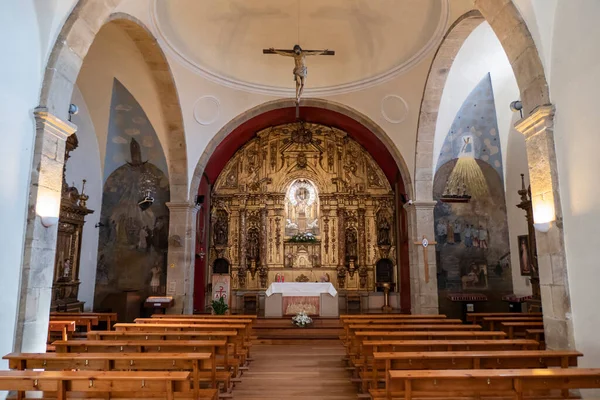
This Trappist community provides contemplative retreat in the coastal range mountains, offering visitors silence and natural beauty without the crowds found at more famous destinations. The monastery maintains extensive forests and organic farms, giving guests opportunities to connect with both contemplative practice and sustainable land stewardship.
The combination of environmental consciousness and spiritual practice appeals to visitors seeking holistic approaches to mindful living.
Blue Cliff Monastery, Pine Bush, New York

The Hudson Valley houses this Vietnamese Zen community founded by Thich Nhat Hanh, offering visitors mindfulness practice in a peaceful rural setting. The monastery emphasizes walking meditation and mindful daily activities, teaching guests how to bring contemplative awareness into ordinary tasks.
Visitors often leave with practical skills for maintaining mindfulness in their regular lives, making this retreat experience particularly valuable for busy professionals.
Monastery of the Holy Spirit, Conyers, Georgia
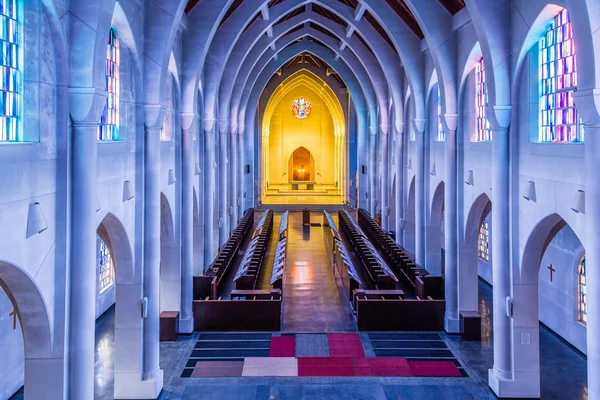
This Trappist community provides Southern contemplative hospitality in a setting that combines monastic tradition with regional charm. The monastery operates a bonsai garden and maintains beautiful grounds that showcase how contemplative communities can create environments that nurture both spiritual and aesthetic appreciation.
Guests frequently comment on how the monks’ attention to beauty in small details enhances the overall retreat experience.
Like Travel Pug’s content? Follow us on MSN.
Conception Abbey, Conception, Missouri
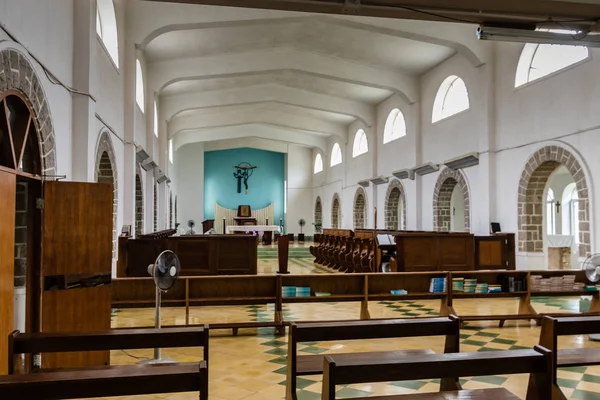
This Benedictine monastery offers a Midwest contemplative retreat in a setting that demonstrates how monastic communities can thrive in agricultural environments. The abbey operates Conception Seminary College and maintains extensive farmland, creating opportunities for guests to experience the integration of learning, work, and prayer.
Visitors appreciate how the monastery’s educational mission adds intellectual depth to the contemplative experience.
Portsmouth Abbey, Portsmouth, Rhode Island
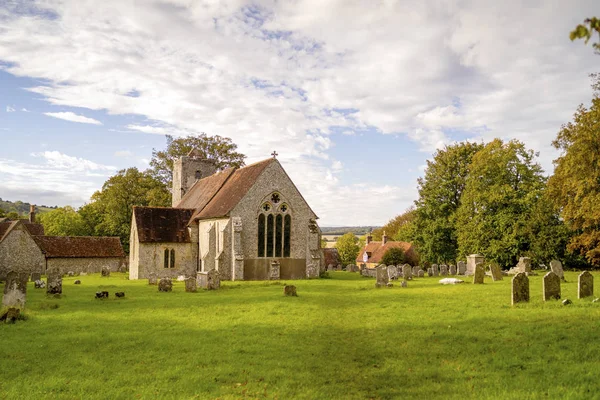
This Benedictine community offers a New England coastal retreat in a setting that combines monastic tradition with maritime charm. The abbey operates a prep school and maintains beautiful grounds that overlook Narragansett Bay, creating an environment where education and contemplation enhance each other.
Visitors often discover that the academic atmosphere adds intellectual stimulation to their spiritual retreat experience.
Monastery of St. Gertrude, Cottonwood, Idaho

This Benedictine women’s community offers visitors the chance to experience feminine monastic wisdom in a setting that combines contemplative practice with educational mission. The monastery operates a retreat center and maintains beautiful grounds that demonstrate how women’s religious communities create distinctive approaches to hospitality and spiritual guidance.
Visitors frequently comment on how the sisters’ approach to contemplative life offers different perspectives on monastic spirituality.
Like Travel Pug’s content? Follow us on MSN.
Monastery of the Ascension, Jerome, Idaho
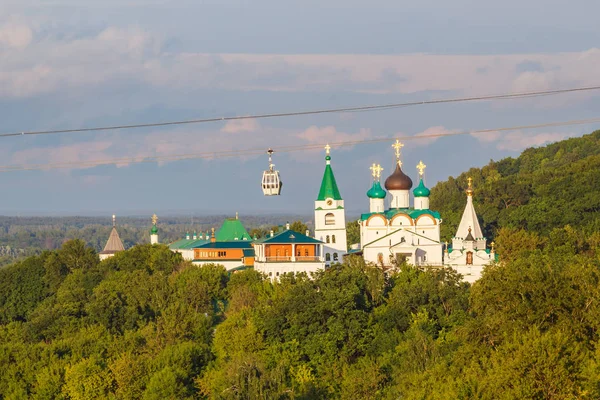
This Episcopal monastery provides a mountain contemplative retreat in a setting that demonstrates how smaller monastic communities can offer intimate spiritual guidance and personal attention. The monastery’s size allows for more individualized retreat experiences while maintaining traditional monastic rhythms of prayer and work.
Guests appreciate the balance between solitude and community that smaller monasteries can provide.
Where Ancient Rhythms Meet Modern Souls

Monastery retreats continue an unbroken tradition of hospitality that stretches back over fifteen centuries, proving that some human needs transcend cultural and technological change. These communities of prayer have survived wars, social upheavals, and cultural revolutions by maintaining focus on the fundamental human need for silence, reflection, and genuine community connection.
Each guest who passes through monastery doors carries away not just personal renewal but also seeds of contemplative wisdom that can transform how they approach work, relationships, and daily life in the outside world. In an age when authentic experience becomes increasingly rare, these communities of prayer continue offering what no app or algorithm can provide—real silence, genuine community, and time measured not in notifications but in the ancient rhythms of sunrise, sunset, and the human heart seeking peace.
Like Travel Pug’s content? Follow us on MSN.
More from Travel Pug

- 20 Best Beach Towns in the Carolinas
- 13 Destinations Where Tourists Regularly Regret Their Trip
- 20 Things You Actually Get in First Class
- 20 Small Airports With Aviation Museums
- 20 Places in the U.S. That Are Perfect for a Reset Trip
Like Travel Pug’s content? Follow us on MSN.
